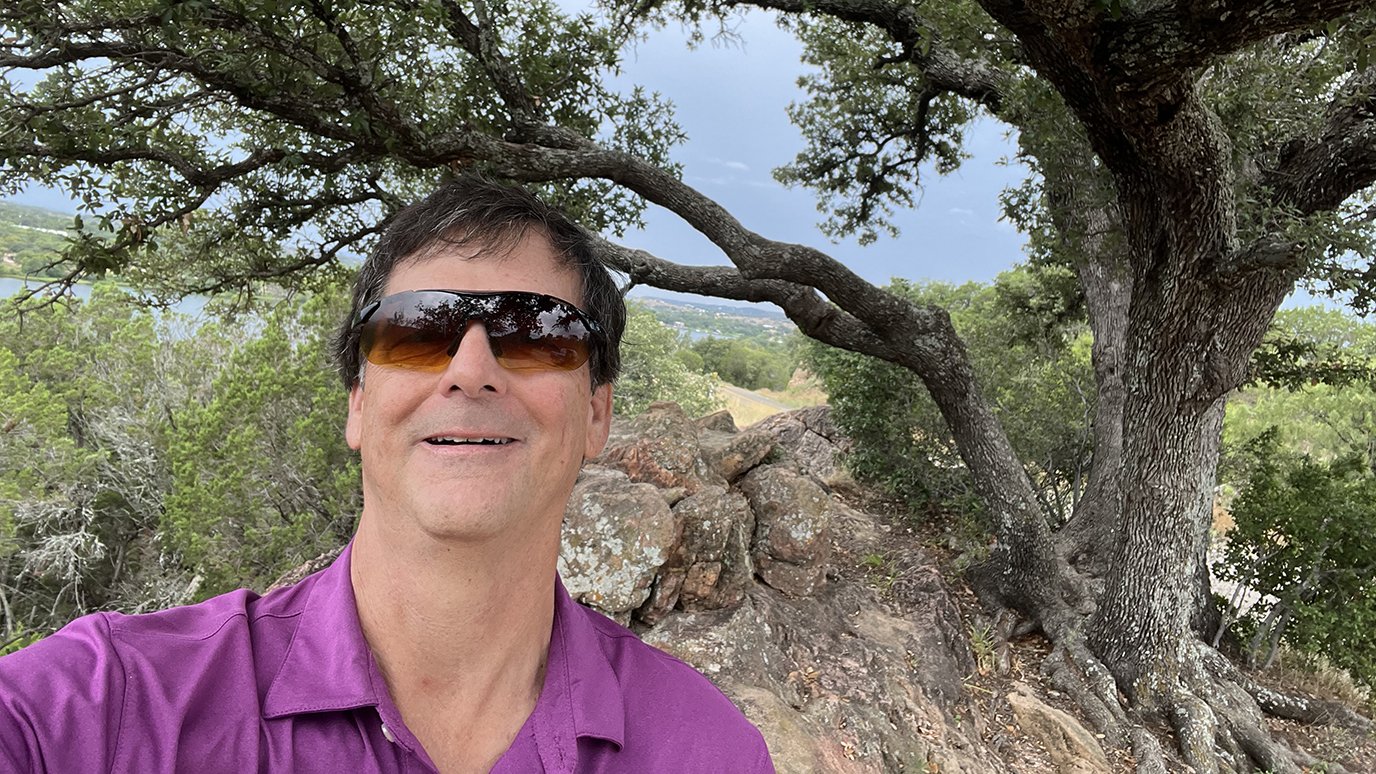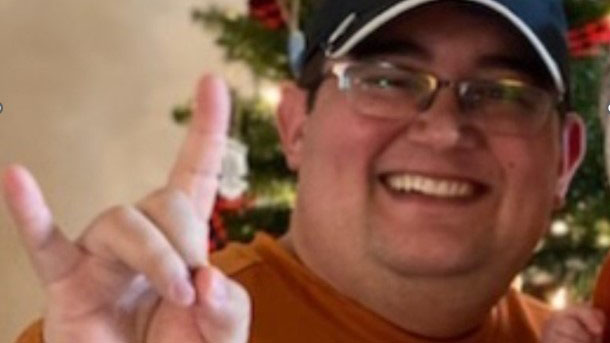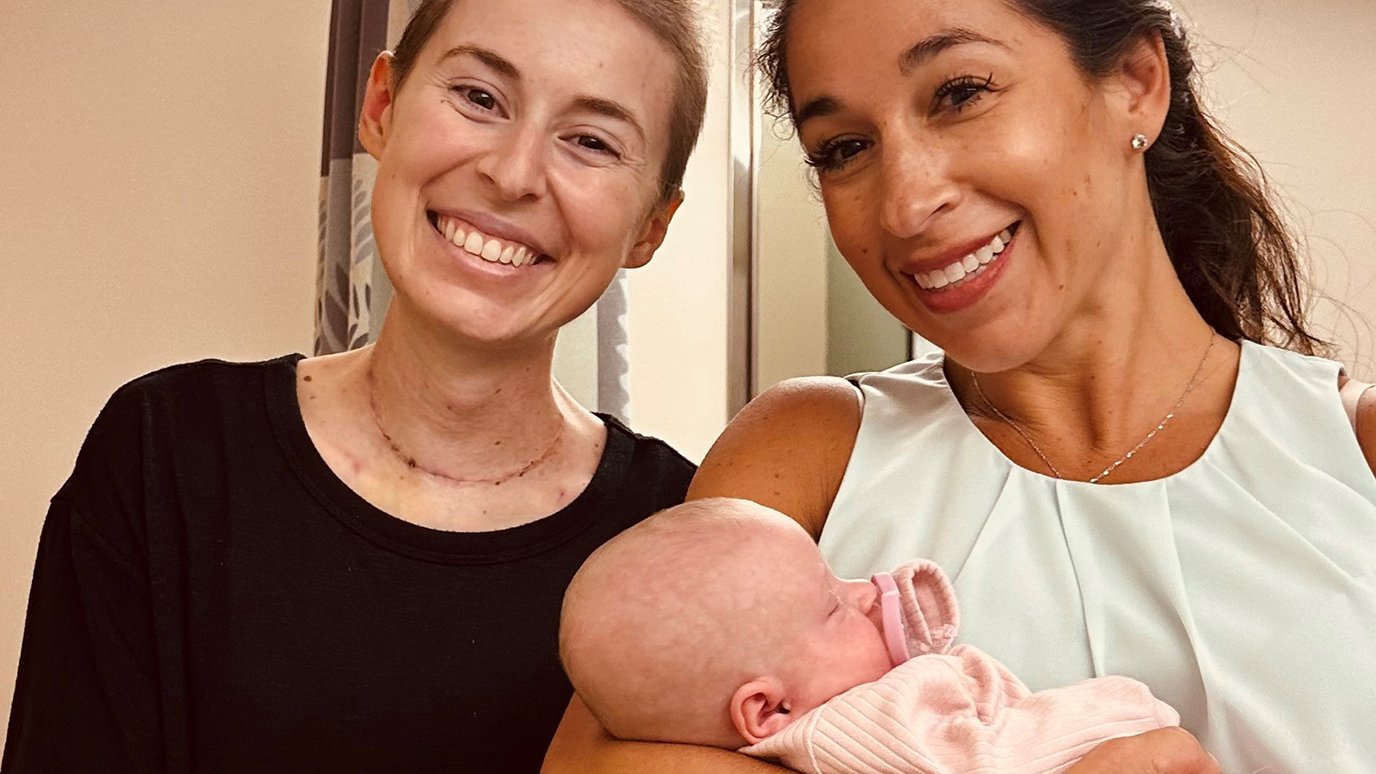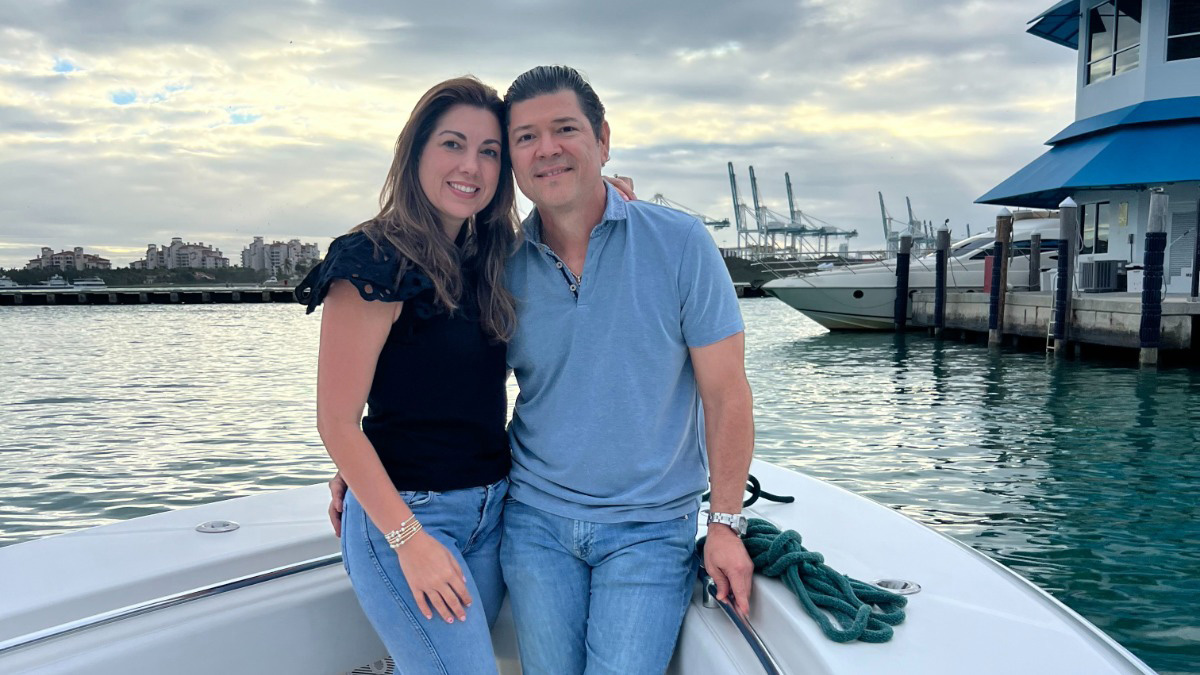- Diseases
- Acoustic Neuroma (16)
- Adrenal Gland Tumor (24)
- Anal Cancer (70)
- Anemia (2)
- Appendix Cancer (18)
- Bile Duct Cancer (26)
- Bladder Cancer (74)
- Brain Metastases (28)
- Brain Tumor (234)
- Breast Cancer (728)
- Breast Implant-Associated Anaplastic Large Cell Lymphoma (2)
- Cancer of Unknown Primary (4)
- Carcinoid Tumor (8)
- Cervical Cancer (164)
- Colon Cancer (168)
- Colorectal Cancer (118)
- Endocrine Tumor (4)
- Esophageal Cancer (44)
- Eye Cancer (36)
- Fallopian Tube Cancer (8)
- Germ Cell Tumor (4)
- Gestational Trophoblastic Disease (2)
- Head and Neck Cancer (14)
- Kidney Cancer (130)
- Leukemia (342)
- Liver Cancer (50)
- Lung Cancer (286)
- Lymphoma (278)
- Mesothelioma (14)
- Metastasis (30)
- Multiple Myeloma (100)
- Myelodysplastic Syndrome (60)
- Myeloproliferative Neoplasm (6)
- Neuroendocrine Tumors (16)
- Oral Cancer (102)
- Ovarian Cancer (178)
- Pancreatic Cancer (162)
- Parathyroid Disease (2)
- Penile Cancer (14)
- Pituitary Tumor (6)
- Prostate Cancer (150)
- Rectal Cancer (58)
- Renal Medullary Carcinoma (6)
- Salivary Gland Cancer (14)
- Sarcoma (238)
- Skin Cancer (302)
- Skull Base Tumors (56)
- Spinal Tumor (12)
- Stomach Cancer (66)
- Testicular Cancer (28)
- Throat Cancer (92)
- Thymoma (6)
- Thyroid Cancer (100)
- Tonsil Cancer (30)
- Uterine Cancer (86)
- Vaginal Cancer (18)
- Vulvar Cancer (22)
- Cancer Topic
- Adolescent and Young Adult Cancer Issues (22)
- Advance Care Planning (12)
- Biostatistics (2)
- Blood Donation (18)
- Bone Health (8)
- COVID-19 (360)
- Cancer Recurrence (120)
- Childhood Cancer Issues (120)
- Clinical Trials (628)
- Complementary Integrative Medicine (22)
- Cytogenetics (2)
- DNA Methylation (4)
- Diagnosis (240)
- Epigenetics (6)
- Fertility (62)
- Follow-up Guidelines (2)
- Health Disparities (14)
- Hereditary Cancer Syndromes (128)
- Immunology (18)
- Li-Fraumeni Syndrome (8)
- Mental Health (122)
- Molecular Diagnostics (8)
- Pain Management (62)
- Palliative Care (8)
- Pathology (10)
- Physical Therapy (18)
- Pregnancy (18)
- Prevention (940)
- Research (390)
- Second Opinion (78)
- Sexuality (16)
- Side Effects (616)
- Sleep Disorders (10)
- Stem Cell Transplantation Cellular Therapy (216)
- Support (408)
- Survivorship (330)
- Symptoms (182)
- Treatment (1794)
A stroke of good luck: How an accidental liver cancer diagnosis saved one man’s life
4 minute read | Published January 26, 2022
Medically Reviewed | Last reviewed by an MD Anderson Cancer Center medical professional on January 26, 2022
Jerry Achan describes the day he collapsed from a stroke as “the luckiest day of my life.”
Without that stroke, doctors would never have arranged for him to have yearly CT scans as part of his follow-up regimen. First, the good news: The scans detected no signs of blocked arteries that could have led to another stroke. Now, the bad: One scan revealed multiple tumors scattered throughout his liver.
“I went in to because of one disease and come out with another,” Jerry says.
A biopsy confirmed his diagnosis: stage II hepatocellular carcinoma – the most common form of liver cancer.
“I was completely blindsided because I had no symptoms,” he recalls. “Who knows how long the cancer would have continued spreading if I hadn’t had a stroke?”
Ruling out liver cancer surgery
After treatment at a local hospital failed to stop the cancer’s spread, Jerry’s doctor referred him to MD Anderson.
Liver cancer specialist Ahmed Kaseb, M.D., weighed the treatment options. He determined that surgery was too risky.
“There were just too many tumors,” Kaseb says. “We would lose too much of the liver if we tried to cut them all out.”
Some tumors were positioned dangerously close to critical veins and arteries, further ruling out surgery.
Instead, Kaseb prescribed the targeted therapy drug sorafenib. Taken by mouth daily, it blocks the action of kinases, a family of enzymes that drive cancer cell growth.
“Sorafenib not only ‘turns off’ the kinases that are active in Jerry’s cancer type,” Kaseb explains, “but it also prevents the growth of new blood vessels that feed tumors.”
It’s not a cure, he says, but sorafenib can slow or stop the growth of certain cancer cells.
“In medicine, we call this stable disease,” Kaseb explains. “Patients co-exist with their cancer.”
Targeting liver tumors with chemotherapy and ablation
The drug kept Jerry’s cancer at bay for two years, until scans revealed two new grape-sized liver tumors.
Kaseb referred Jerry to interventional radiologist Joshua Kuban, M.D., who uses minimally invasive procedures to kill liver tumors.
The best way to treat Jerry, Kuban determined, was with two different types of nonsurgical treatment combined into one session.
In a "hybrid" suite with advanced equipment that allowed this two-pronged approach, Jerry underwent transcatheter arterial chemoembolization (TACE), the first of the two procedures.
Kuban began by making a tiny incision, about the size of a pencil tip, in his patient’s groin. He then inserted a plastic catheter into the incision and snaked it upward through the arteries to the liver. With the tip of the catheter in place, he delivered chemotherapy drugs directly to the tumors.
“Because very little of the chemotherapy reaches other parts of the body, it’s highly concentrated,” Kuban says. “Chemotherapy delivered the traditional way – throughout the blood system – must be given in much lower doses, or else patients couldn’t tolerate it.”
Blocking blood vessels to starve tumors
After the drugs were delivered to Jerry's liver, Kuban sent synthetic materials through the catheter to the blood vessels that fed the tumors. This procedure, called embolization, blocks blood flow to the tumors and causes them to die from lack of oxygen and nutrients.
“An added bonus is that the loss of blood flow from embolization keeps the chemotherapy drugs from being washed away in the bloodstream, making it more effective,” Kuban says.
TACE is a valuable treatment, he says, but not often a cure.
“Additional tumors may form over time,” he explains, “or new blood vessels may grow in existing tumors.”
About 70% of patients see improvement in the liver after this two-step technique.
Turning up the heat to destroy tumor tissue
After the TACE procedure was completed and he was still sedated, Jerry underwent a second procedure to shrink or destroy his smaller-sized tumors.
Using live CT images of Jerry’s liver for guidance, Kuban placed needles through the skin into each tumor. The needles transmitted heat, generated by microwave energy, to kill the cancer cells. This technique is called microwave ablation.
“At MD Anderson, we use special software that confirms the heat killed all the tumor tissue," Kuban says. "Our success rate is more than 95%, among the highest in the nation."
Microwave ablation is best used for tumors no larger than 3 centimeters across, he says, which is a little over an inch.
"However, by combining TACE with microwave ablation, we can 'push the envelope' and treat larger tumors," he says, "like we did for Jerry.
A testament to multidisciplinary care
Jerry’s disease remained stable for four years, until scans detected a new tumor this May. Kuban delivered another dose of microwave ablation, and, once again, the tumor shriveled, then disappeared.
“Jerry is a real success story, thanks to the combination of microwave ablation, TACE and sorafenib," Kuban says. “He’s been taking sorafenib for six years. During that time, his cancer has grown only twice, and when it did, we quickly treated it. This is a powerful testament to the quality of MD Anderson's multidisciplinary care."
Living with cancer is Jerry’s “new normal” and he’s fine with that.
“I have support from my family, the good lord, and an excellent team of MD Anderson doctors,” he says. “To discover my cancer the way I did, and to have a place like MD Anderson to go to for treatment – well, you can’t get any luckier than that.”
Request an appointment at MD Anderson online or by calling 1-888-499-4417.
Related Cancerwise Stories

Who knows how long the cancer might have continued spreading if I hadn’t had a stroke?
Jerry Achan
Survivor





